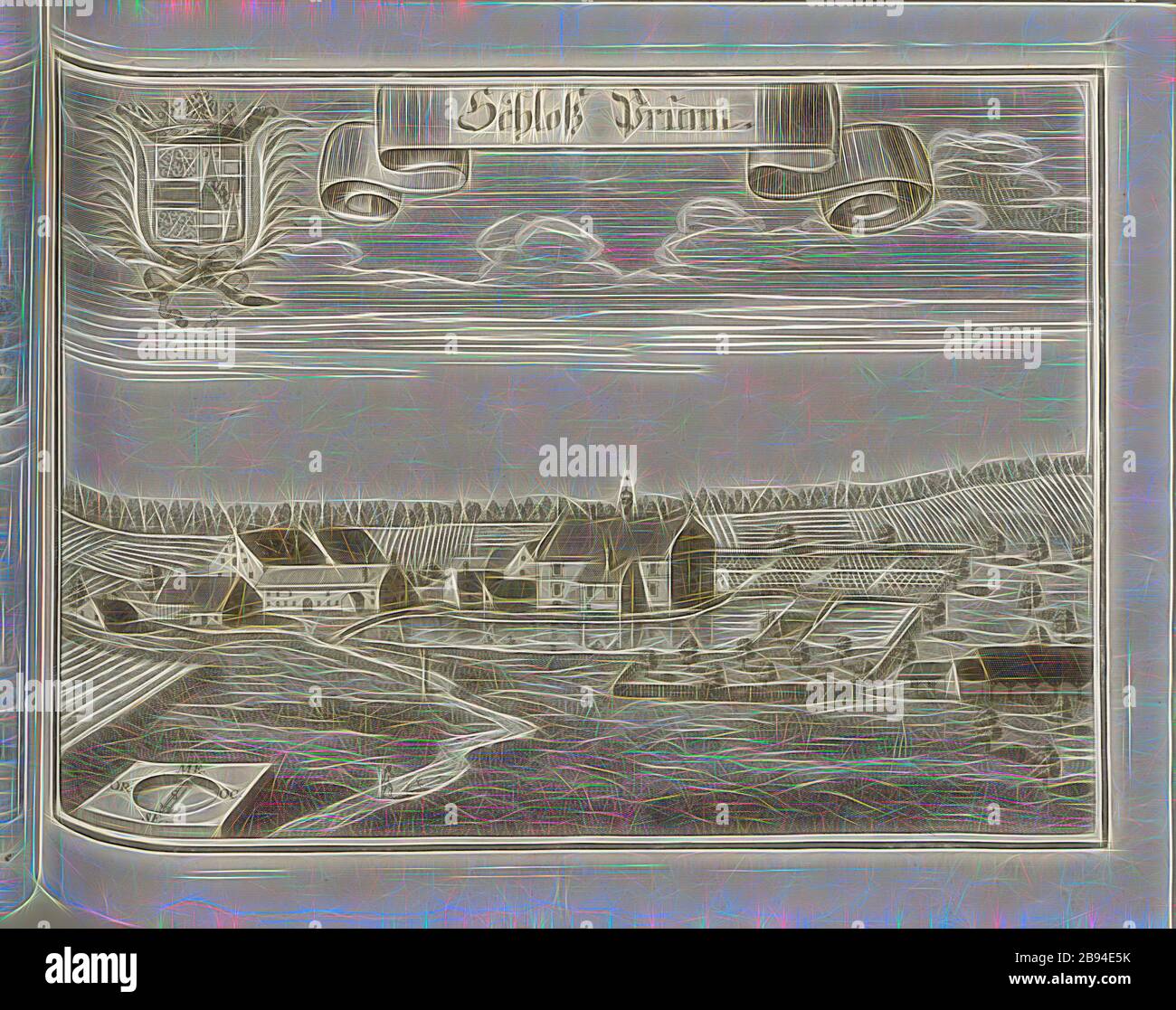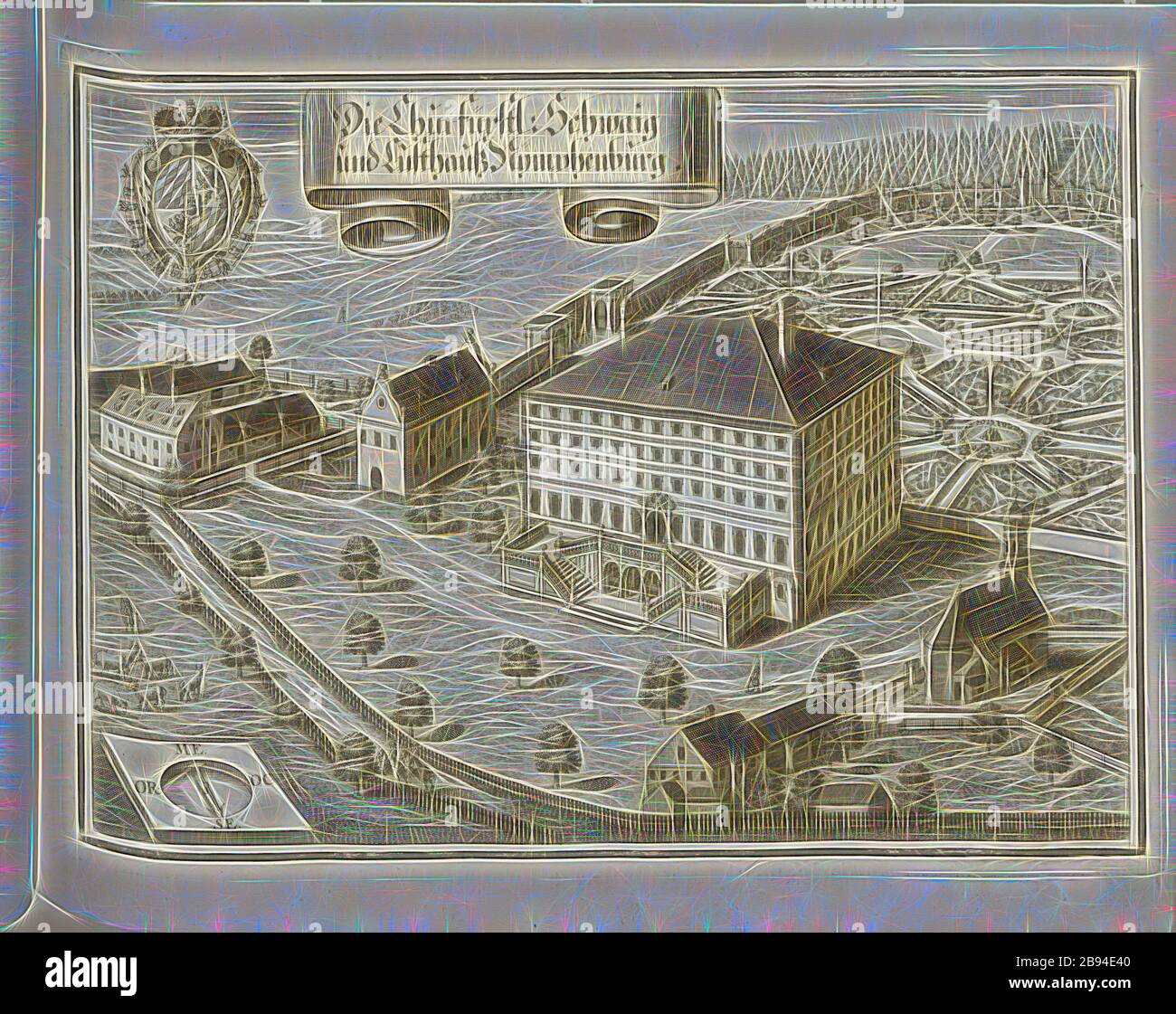

It is significant that although the town was a district in the Courland province, it is called here not Mitavskaya, but Riga. I went out to the parallel Memele, once the main street. but the path to the castle lies through the historic center. The bus station is almost at the opposite end of the city, in a rather nondescript area. Bauska's device determined the relief - it occupies a narrow triangle between two rivers, on the arrow of which there is a castle. At the castle, the settlement of Vairogmiests grew, apparently in 1568 (when the first summer Landtag passed in the Bauska fortress), it was raised to the city. But there was still enough strength to strengthen the southern borders, and by order of the master Heidenreich Fink von Overberg by the forces of Novgorod prisoners (mainly Chukhonts) a fortress was built at the source of the Lielupe. However, Jelgava was destroyed by the war and overgrown with factories, while Bauska retained the appearance of a quiet Eastsee town and one of the largest medieval castle in Latvia.īauska Castle was founded in 1443: after the Slavic-Lithuanian army defeated the Prussian Teutons near Grunwald in 1410, and in 1435 the Livonians were utterly defeated by the Lithuanians near Ukmerge, the Baltic crusaders finally turned from an attacking side into a defensive side.

76-81 Millard II, 1 RIBA 27.In the first decades of the Duchy of Courland, Bauska shared the role of the capital: the Landtag's winter meetings were held there, and the summer ones here. Berlin Katalog 1893 Cicognara 3567: ‘opera magnifica e grandiosa’ Fowler 2 Harrison pp. While outstanding architectural records in themselves, the plates are also important as a source of motifs used in the Adam style. Only eleven plates, those by Mazell, Patton, Rooker, Walker and Basire, were produced in England. Cunego, supervised first by Clérisseau and later, James Adam. Much of the engraving work was done in Venice by F. Most, if not all, of the drawings were by Charles-Louis Clérisseau, but Adam refused to allow his collaborator's name to appear on the plates. ROBERT ADAM'S MAGNIFICENT ARCHITECTURAL RECORD OF DIOCLETIAN'S PALACE. (Light mainly marginal spotting, a little stronger on frontispiece, light staining along joints of extension of some double-page folding plates, some plates with light marginal waterstains.) Contemporary calf gilt, marbled edges (front joints cracked, extremities rubbed and a little chipped, light stains on covers). Zucchi, 7 double-page and 7 double-page and folding. Clérisseau on 54 leaves, including frontispiece, the majority by F. Ruins of the Palace of the Emperor Diocletian at Spalatro in Dalmatia.


 0 kommentar(er)
0 kommentar(er)
